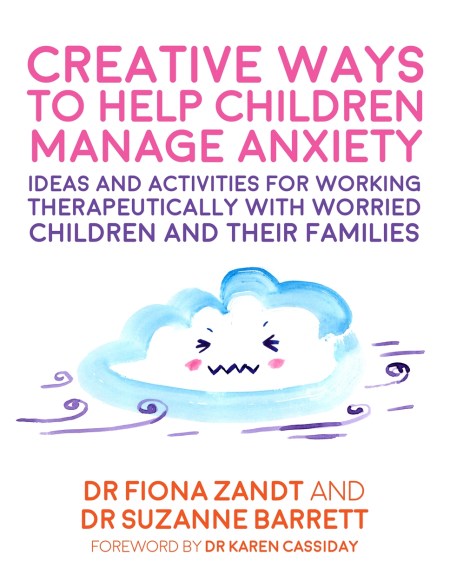Help children aged 4-12 to understand and manage their anxiety with this easy-to-use therapeutic toolkit. From the authors of Creative Ways to Help Children Manage BIG Feelings, this book contains all new material and over 50 new activities to equip children with an arsenal of coping strategies.
Drawing on CBT, ACT and narrative therapy approaches, this book provides a framework for therapy and assessment. The authors deliver sage advice on how to work with children, adapting your approach for different age groups and how to involve parents and teachers. With creative resources using readily available, inexpensive materials and downloadable templates, this is the ideal companion for both new and experienced therapists working with children with anxiety.
Drawing on CBT, ACT and narrative therapy approaches, this book provides a framework for therapy and assessment. The authors deliver sage advice on how to work with children, adapting your approach for different age groups and how to involve parents and teachers. With creative resources using readily available, inexpensive materials and downloadable templates, this is the ideal companion for both new and experienced therapists working with children with anxiety.
Newsletter Signup
By clicking ‘Sign Up,’ I acknowledge that I have read and agree to Hachette Book Group’s Privacy Policy and Terms of Use
Reviews
I invite you to enjoy this wonderful book that Doctors Zandt and Barrett have created for all of us grownup therapists who need a kickstart for our imagination. They have taken the complicated ideas that explain how anxiety works in the body and mind and created fun, memorable ways to explain and experience what happens when a child gets anxious and what to do once anxiety occurs.
" This book provides an abundance of strategies embedded in clinical wisdom and practical application, underpinned by strong theoretical understanding. The authors jointly represent in this book, what is essential to good assessment and intervention with children i.e. an understanding of child development alongside a capacity to utilise creativity in clinical enquiry and in therapeutic intervention. This approach allows the child voice and perspective to be heard and in turn to be active and engaged in therapy at their own level. I would highly recommend this book to clinical child specialists, developmental psychologists and developing therapists".
This easy to read and thorough book is a terrific resource, full of user-friendly ideas. It will provide a strong grounding for new therapists, while the therapeutic activities will appeal to even the most experienced of therapists.


